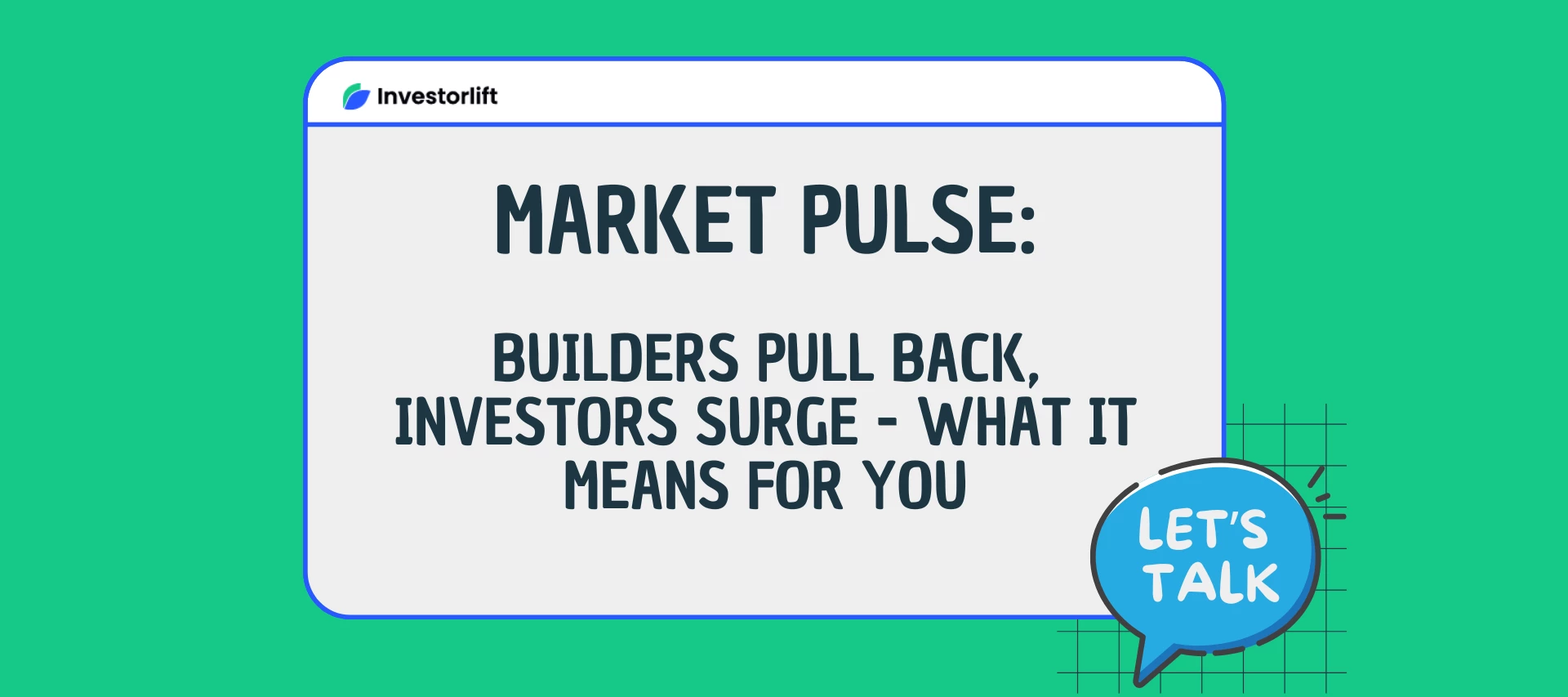Hey community!
Here’s what just hit the headlines and what it means right now for wholesalers and investor-buyers on Investorlift:
🚨 1. Housing Starts Dropped 7% in August
Source: Reuters – Sept 17, 2025
New single-family home construction declined sharply last month. Builder sentiment is weak, and permits are down too. Some builders are starting to cut prices or offer incentives to move unsold inventory.
➡️ For investors: Look for builders with standing inventory - they may deal.
➡️ For wholesalers: New builds that didn’t sell? That’s your next acquisition opportunity.
📈 2. Investors Bought 27% of U.S. Homes in Q1
Source: AP News – Sept 2025
Investor activity surged to a record 27% of all U.S. home purchases in early 2025. Unlike 2022, this wave isn’t being led by institutions - it’s small and mid-tier investors who are buying strategically.
➡️ What this means: Your buyer pool is active - but selective.
➡️ For sellers: Polish your dispo game. Clean property data, pro-level photos, and accurate ARVs will make your deal the one they act on.
📊 3. U.S. Will Need 18 Million New Housing Units by 2035
Source: Morgan Stanley – Sept 2025
A new report projects the U.S. needs 18 million additional homes over the next decade. But construction is lagging far behind, squeezed by labor shortages, regulatory barriers, and high financing costs.
➡️ What this tells you: The long-term trend still favors real estate.
-
Focus on affordable markets with underbuilt supply.
-
Explore senior housing or build-to-rent partnerships.
-
Use today’s slowdown to acquire strategically.
🧠 What You Can Do This Week
-
Search for builder listings sitting for more than 60 days unsold
-
Audit your buyer list - who’s still active and what are they buying?
-
Explore undervalued markets where supply-demand gaps are growing
💬 Join the Conversation:
Are you seeing price cuts in your market? Are your buyers pulling back or doubling down?
👇 Drop your insights in the comments - this community wins when we share what’s working.


